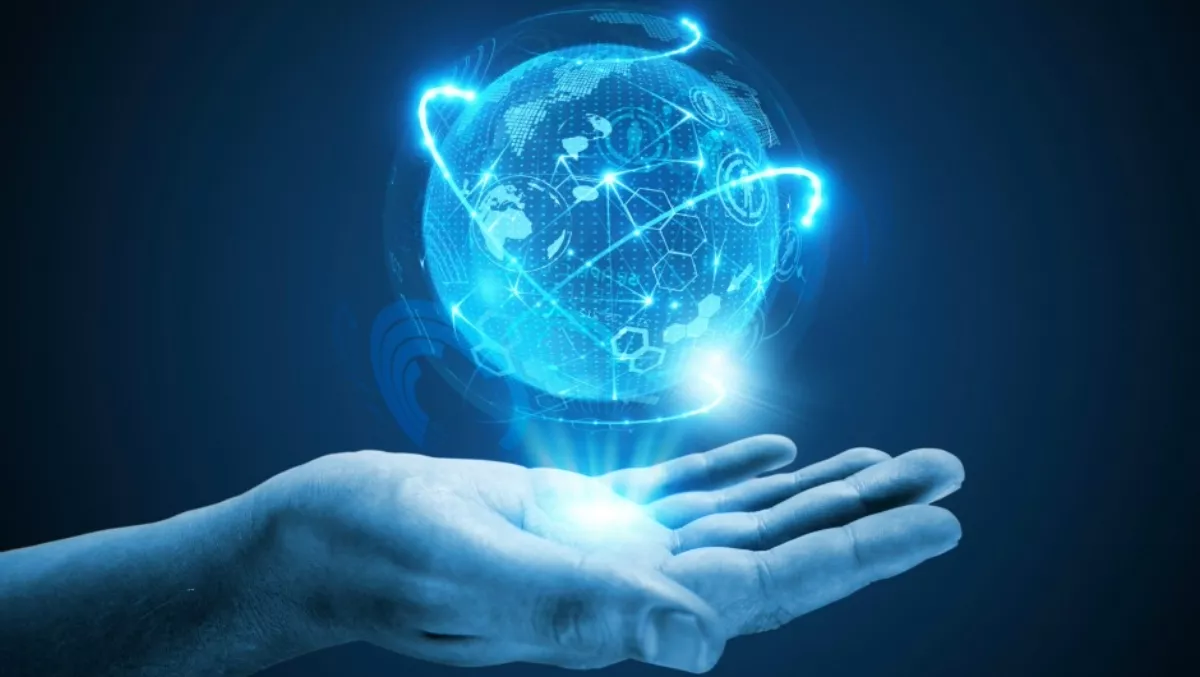
In the lead up to the year 2030, six major transitions will shape the modern world and impact the supply chain of the future, according to Steven Prentice, Gartner Fellow and research VP. So what are these key trends, and how will they define a new supply chain?
1. From global to personal
Digital makes the world a smaller place. We can access information about what's happening nearly anywhere. Small companies can project a global image or customers can become manufacturers with 3D printing. Robots, which are currently used as large machinery, will downsize.
While it will take time for small, personalised robots to “run around our houses,” smaller robots in peer-to-peer swarms may appear in scenarios such as farming, where they can move through crops without harming the field. For manufacturers, how will this disrupt your market? This lowers the barrier to new players who can now compete with larger companies.
2. From hierarchies to meshes
The rise of “peer-to-peer everything” means that we move from rigid relationships to fluid markets. Architecture, organisation, and information flatten, giving us more choices. Think of your customer and supplier/partner relationships. What is stable and long term today could become fluid, easier to switch, harder to predict demand.
3. From fixed assets to fungible (replaceable) assets
People care less about a specific product or service (taxi or new car) because they have so many other choices (ride share). In this environment, trust and reputation can be replaced with social recommendations and standing. Will the concept of Uber for cars and trucks become mainstream for delivery, again lowering the barriers to entry for competition and potentially disrupting the 3PL market.
4. From devices to connected humans (and things)
Today we live in a device world. However, we will rely more on the connectivity in any form, including embedded into humans themselves. Steve noted that only a portion of people will want to take it this far. For the most part, we will look to personal assistants who understand us better and can provide contextually sensitive information.
While some question whether we will fully trust machines to carry out many of our tasks, Mr. Prentice noted, “You trust GPS to guide your car, even though it may take you the wrong way down a one-way street at times.” What will you rely on to run your plant or warehouse in 2030, or even 2020?
5. From big data to algorithmic business
With billions of connected devices and things, the analytics of the vast amount of information becomes more important. Organisations and people will question who has access to the data and how they use it. This is especially the case as we move to sensor networks, quantified self and advanced analytics.
Today analytics and big data is the top priority in every Supply Chain survey we run, yet in practice analytics are rarely used beyond functional silo's for example transportation optimisation. To leverage the opportunities of algorithmic business, companies must first figure out how to use analytics across the e2e supply chain, and what to do with the information. This should be a priority.
6. From resources to smart materials
We'll build new materials using smart fabrics, memory materials, graphene, polymers, and nano composites. Here, material science becomes increasingly important. How will your supply base change to leverage these new materials. How will your R-D and manufacturing capabilities need to adapt, starting with how these can provide an enhanced customer experience. What talent do you need to be a leader in the use of smart materials.
These transitions will shape the future of Supply Chain. Will you be ready?